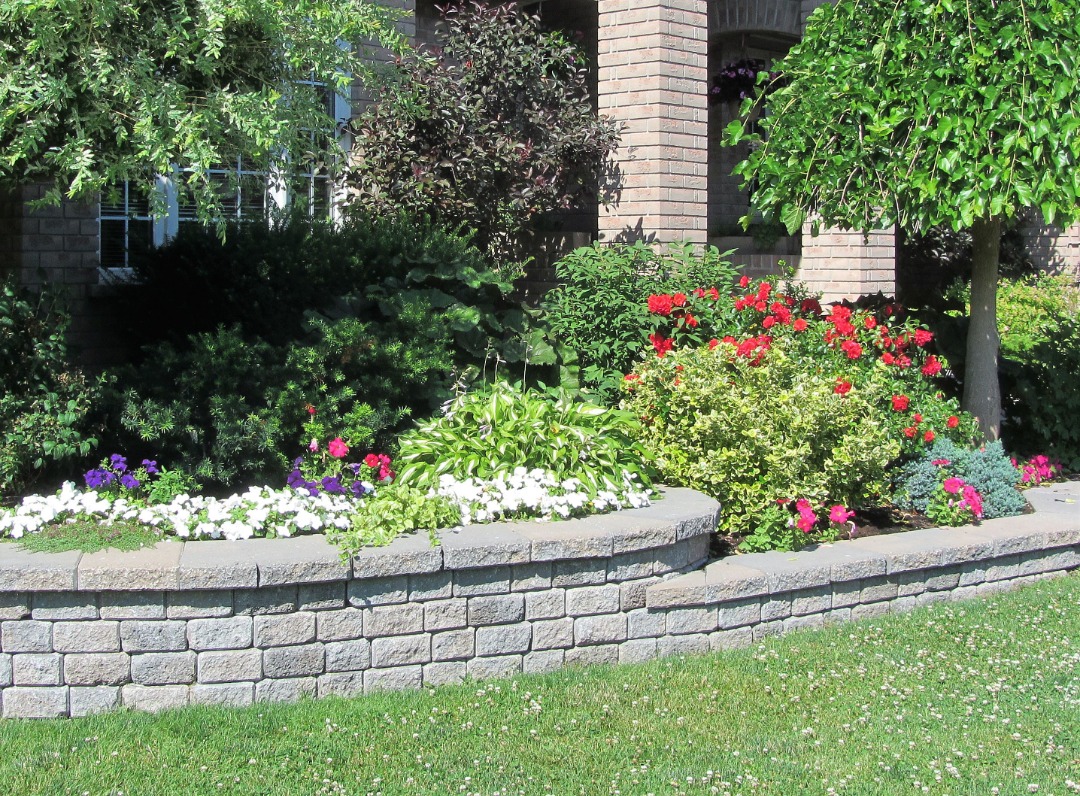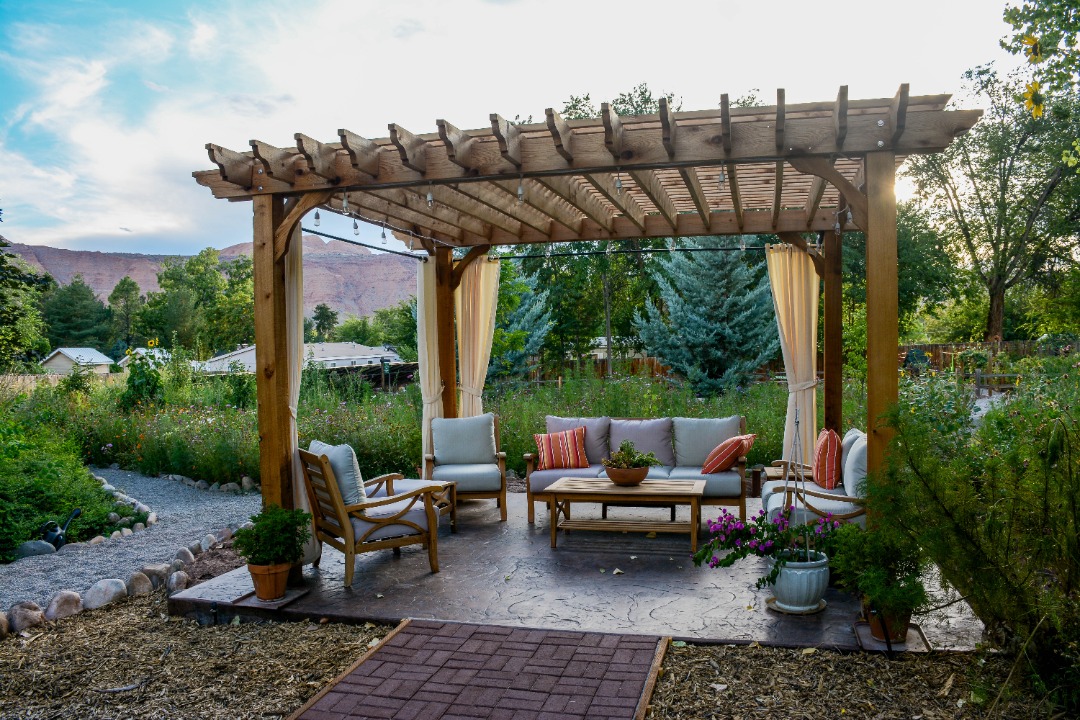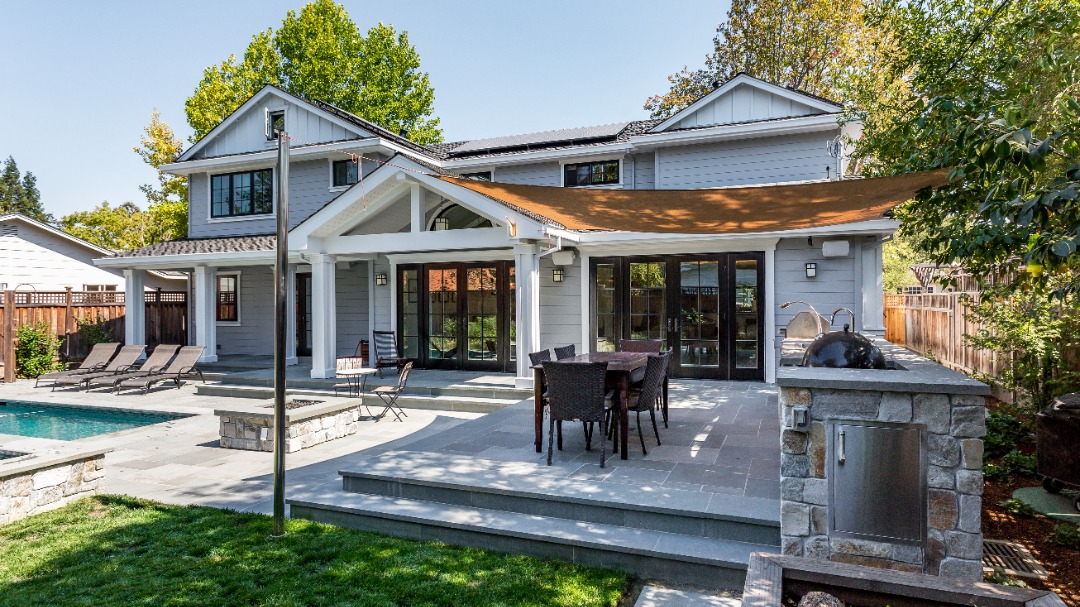Hardscape Smarts: Design Strong, Maintain Long, and Keep Pavers Perfect
Introduction: Hardscaping is more than just adding beauty and structure to your outdoor space—it’s an investment in the functionality, safety, and longevity of your landscape. From elegant paver patios to practical retaining walls, each element plays a role in the usability and value of your property. But without proper planning, regular care, and an understanding of how these elements function, that investment can break down over time. Learning how to design hardscapes with purpose, maintain them properly, and care for pavers specifically ensures your outdoor spaces remain strong, attractive, and hassle-free.
Designing Functional and Durable Hardscapes
Retaining Walls with a Purpose
When it comes to hardscaping, few elements offer the structural importance of retaining walls. These walls do more than separate elevation changes—they support soil, prevent erosion, and guide stormwater runoff. A well-designed retaining wall isn’t just placed for aesthetics; it’s engineered to resist the forces of pressure and gravity. That’s why it’s crucial to include drainage solutions such as gravel backfill, weep holes, and perforated pipes at the base. These features help redirect water away from the wall and reduce the risk of cracks, bowing, or full collapse. Good hardscape design doesn’t just look good—it holds up under pressure.
Grading and Drainage in Hardscape Layouts
Designing a patio or walkway starts with what you can’t see: the sub-base. The longevity of any hardscape depends heavily on proper grading and base material. A solid base layer made from compacted gravel or crushed stone prevents shifting and uneven surfaces. Equally important is ensuring the finished surface slopes slightly away from buildings to allow water runoff. If water is allowed to pool on or beneath hardscape features, it weakens the material and can eventually cause significant damage. By focusing on function first, you end up with hardscapes that stay beautiful because they were built to last.

Maintaining Your Hardscape Elements Through the Seasons
Cleaning and Inspection Best Practices
Hardscapes are exposed to the elements year-round, which means dirt, leaves, and debris can quickly build up. Regular sweeping and rinsing keep surfaces clean and reduce the chance of mold or weed growth. It’s also smart to inspect hardscapes every few months for early signs of wear. Small cracks, loose pavers, or water pooling are all early indicators that maintenance is needed. For patios and paths, refilling joint sand or re-compacting areas where settling has occurred helps keep things secure and level. Catching these small issues early prevents them from becoming larger, more expensive repairs.
Weather Protection and Seasonal Adjustments
Your climate plays a big role in how your hardscape holds up. In areas with freezing temperatures, it’s important to avoid de-icing salts that can eat away at surfaces. Instead, use sand or patio-safe alternatives. For hot climates, UV rays can cause some materials to fade or dry out. Adding a sealer every few years protects against sun damage and moisture penetration. If you notice pooling water after rain, it may be time to adjust the grading or unclog drainage channels. Each season brings different challenges, but with consistent care, your hardscapes can handle it all.

Perfecting Paver Care for Long-Term Beauty
Cleaning and Joint Sand Replacement
Pavers are a popular hardscaping choice because they’re versatile, stylish, and durable. But even the most durable pavers require routine maintenance. Cleaning them with a gentle wash every few months helps keep their color and prevents staining. Over time, the sand between pavers may erode due to rain or wind. Reapplying polymeric sand stabilizes the joints, locks the pavers in place, and helps prevent weed growth. After cleaning and sanding, applying a sealer can enhance the paver color and add a layer of protection against moisture and UV rays.
Avoiding Common Paver Problems
Cracked or uneven pavers are often the result of poor drainage or shifting soil beneath the surface. If you notice pavers lifting or settling, it may indicate that the base has been compromised. Carefully lifting and resetting pavers with fresh base material can restore the surface without replacing the entire area. It’s also important to limit heavy loads on paver patios not designed for vehicle traffic, as the weight can cause breakage. With regular attention and small adjustments, you can keep your paver patio or walkway looking as polished as the day it was installed.

Conclusion
Hardscaping is a powerful way to shape and strengthen your landscape, but it only works when design and maintenance go hand in hand. Retaining walls, patios, pavers, and paths must be built with structural integrity in mind, from base preparation to drainage strategy. Once installed, a consistent care routine keeps these features clean, safe, and visually appealing. Whether it’s replacing sand between pavers or inspecting a retaining wall after a storm, proactive maintenance makes all the difference. With smart design choices and routine attention, your hardscape can serve your home beautifully for years to come. Get in touch with us today to learn more about our hardscaping services as well as our Hardscaping, Landscaping, Retaining Walls.

SERVICES
Hardscaping
Landscaping
Retaining Walls
Pavers
Stamped Concrete
Patio
Fire Pits
Pergolas
Overseeding
Deck Construction
Stone Masonry
Grading
Landscape Design
Landscape Lighting
Sod
Artificial Turf
Outdoor Living Spaces
Fence Installation
Stone Steps
Step Landings
"*" indicates required fields
 (585) 507-2951
(585) 507-2951 info@bllandscapeny.com
info@bllandscapeny.com